Faculty
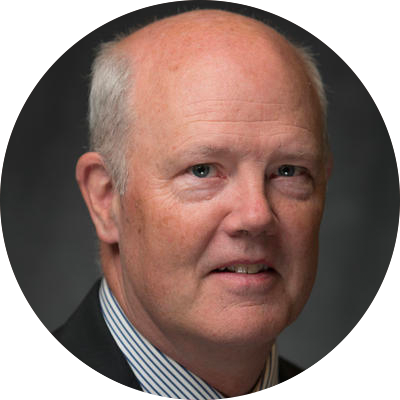
Department Chair
Charles Dietz, MD
Chair and Associate Professor of Radiology
dietz004@umn.edu
Administrative Contact
Laura Geffre-Rick
geffr019@umn.edu
612-301-6040
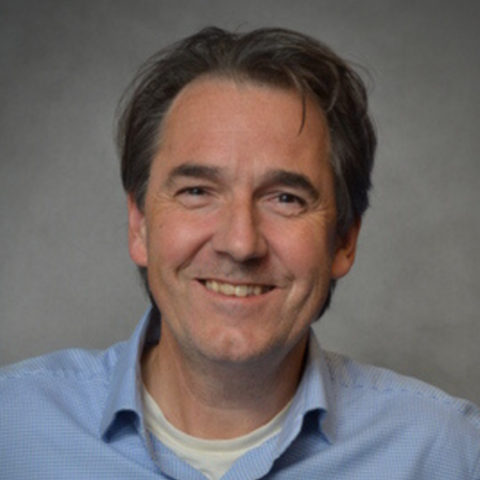
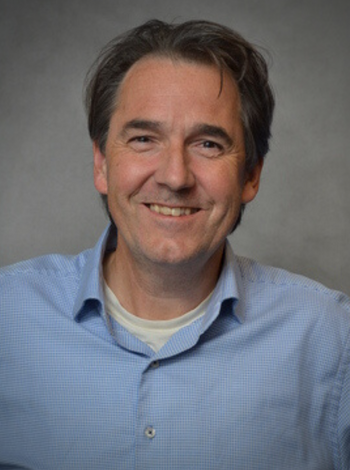
Bio
Dr. Gregor Adriany is an Associate Professor in the Department of Radiology. The main focus of his work is the design and implementation of novel ultra high field RF coils and related front-end components. After receiving an MSEE from the RWTH University of Aachen, Germany and work for Siemens Medical in Erlangen he joined our lab in 1994 to pursue a Ph.D in Electrical Engineering. He graduated with a Doctorate in engineering (Dr. Ing.) from the RWTH Aachen in 1998 and continued his research at the CMRR as a staff scientist.
Research Summary
Transmit Arrays (7T, 9.4T, 16.4T)
Novel Transmit - Receive array coil combinations for UHF
Specialty coils for the small bore systems (9.4T, 16.4T)
Education
Professional Memberships
Contact
Address
2021 6th Street SE, Minneapolis, MN 55455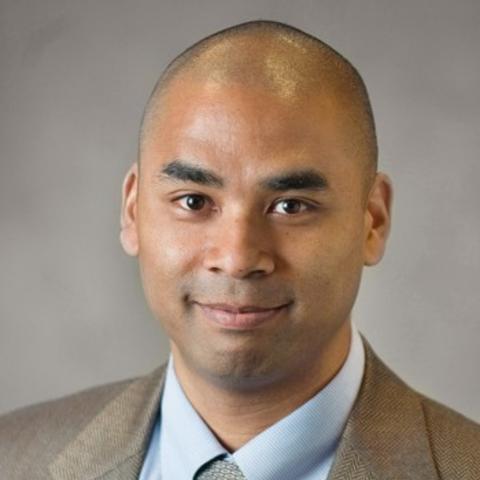
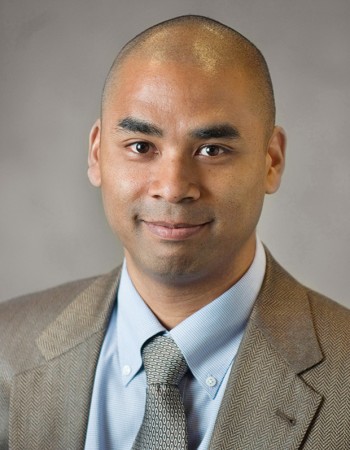
Clinical Summary
Thoracic Radiology
Interstitial Lung Diseases
Education
Fellowships, Residencies, and Visiting Engagements
Licensures and Certifications
Honors and Recognition
Professional Memberships
Contact
Address
420 Delaware Street, SE, MMC 292, Minneapolis, MN 55455Administrative Contact
Bibi Husain
Administrative Coordinator
Email: husai002@umn.edu
Phone: (612) 626-5566
Fax: (612) 626-5505
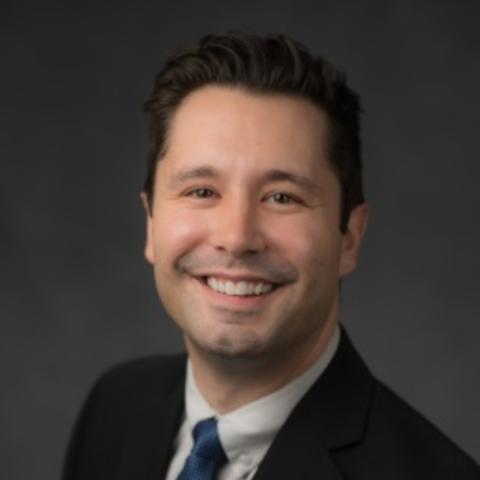
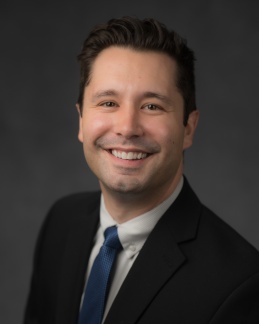
Education
Fellowships, Residencies, and Visiting Engagements
Licensures and Certifications
Honors and Recognition
Professional Memberships
Contact
Address
420 Delaware Street, SE, MMC 292, Minneapolis, MN 55455Administrative Contact
Chelsey Grandstrand
Administrative Coordinator
Email: grandscr@umn.edu
Phone: (612) 612-2742
Fax: (612) 626-5505
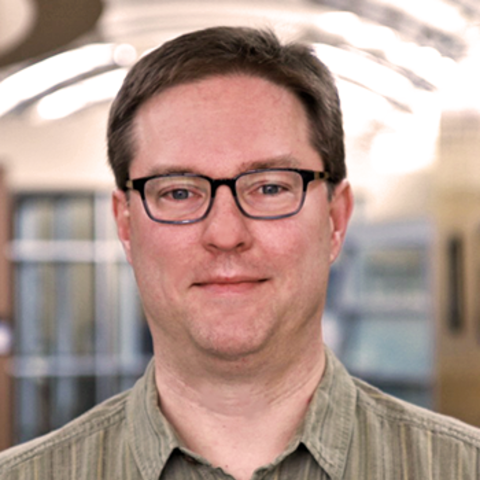
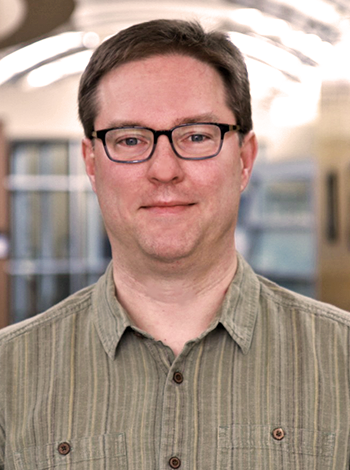
Bio
I am an Associate Professor in the Department of Radiology at the University of Minnesota. After receiving B.S. and B.A. degrees in Chemistry and Criminology & Law at the University of Florida, in 1997 I began my career in MRI physics and functional neuroimaging research by joining the lab of Drs. Richard Briggs and Bruce Crosson at the University of Florida as an undergraduate research assistant. I joined the Center for Magnetic Resonance Research (CMRR) at the University of Minnesota in 1998. Working with Drs. Xiaoping Hu and Kâmil Uğurbil, I received my Ph.D. in Biomedical Sciences and Medical Physics from the University of Minnesota in 2003.
My research focuses on developing and integrating software and hardware for improving MRI image quality, resolution, and acquisition speed. I have been especially interested in the use of ultra-high magnetic fields to achieve these goals, having started my career working on one of the first 3 Tesla whole-body human scanners at the University of Florida in 1997, then moving to the University of Minnesota where I have had the opportunity to work on the most powerful whole-body human MRI scanners in the world, such as the first 7 Tesla (installed at CMRR in 1999) and the first and only 10.5 Tesla (installed at CMRR in 2014).
Education
Fellowships, Residencies, and Visiting Engagements
Licensures and Certifications
Professional Memberships
Contact
Address
2021 6th Street SE, Minneapolis, MN 55455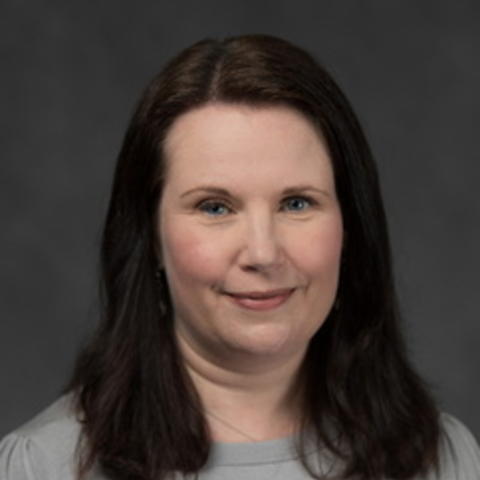

Education
Fellowships, Residencies, and Visiting Engagements
Licensures and Certifications
Professional Memberships
Contact
Address
420 Delaware Street, SE, MMC 292, Minneapolis, MN 55455Administrative Contact
Bibi Husain
Administrative Coordinator
Email: husai002@umn.edu
Phone: (612) 626-5566
Fax: (612) 626-5505
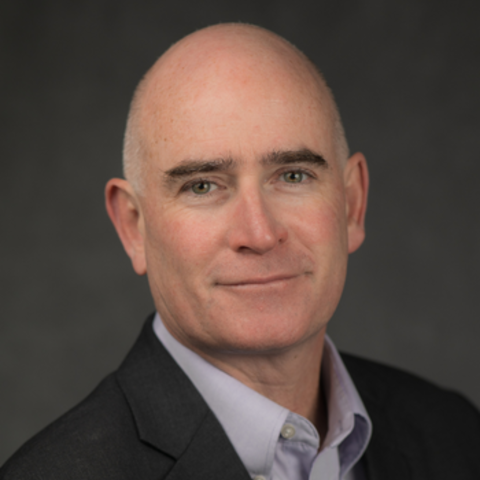
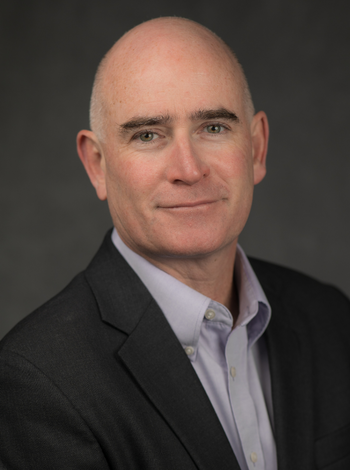
Bio
Dr. Bolan is an Associate Professor in Radiology. After receiving his B.S. in Mechanical Engineering from the University of Illinois (UIUC) and post-graduate studies at UC Berkeley, Dr. Bolan spent five years working in industry as a software engineer. He joined Dr. Michael Garwood's group at the University of Minnesota in 1999 and received his Ph.D. in Biomedical Engineering in 2003 while developing methods for performing quantitative MR spectroscopy of breast cancer. He has continued at the UMN Center for Magnetic Resonance Research as a postdoc, Assistant, and Associate Professor. His research focuses on developing methods for quantitative MR imaging methods and integrating advanced imaging methods into clinical trials of cancer and obesity.
Selected Publications
Saunders SL, Leng E, Spilseth B, Wasserman N, Metzger GJ, Bolan PJ. (2021). Training convolutional networks for prostate segmentation with limited data. IEEE access : practical innovations, open solutions, 9, 109214-109223. doi: https://doi.org/10.1109/access.2021.3100585 PubMed ID: 34527506.
Bolan PJ, Branzoli F, Di Stefano AL, Nichelli L, Valabregue R, Saunders SL, Akçakaya M, Sanson M, Lehéricy S, Marjańska M. (2020). Automated acquisition planning for magnetic resonance spectroscopy in brain cancer. Medical image computing and computer-assisted intervention : MICCAI ... International Conference on Medical Image Computing and Computer-Assisted Intervention, 12267, 730-739. doi: https://doi.org/10.1007/978-3-030-59728-3_71 PubMed ID: 35005744.
McKay JA, Church AL, Rubin N, Emory TH, Hoven NH, Kuehn-Hajder JE, Nelson MT, Ramanna S, Auerbach EJ, Moeller S, Bolan PJ. (2020). A comparison of methods for high-spatial-resolution diffusion-weighted imaging in breast MRI. Radiology, 297(2), 304-312. doi: https://doi.org/10.1148/radiol.2020200221 PubMed ID: 32840468.
Partridge SC, Zhang Z, Newitt DC, Gibbs JE, Chenevert TL, Rosen MA, Bolan PJ, Marques HS, Romanoff J, Cimino L, Joe BN, Umphrey H, Ojeda-Fournier H, Dogan D, Oh K, Abe H, Drukteinis J, Esserman LJ, Hylton NM. (2018). Diffusion-weighted MRI findings predict pathologic response in neoadjuvant treatment of breast cancer: The ACRIN 6698 multicenter trial. Radiology, 289(3), 618-627. doi: https://doi.org/10.1148/radiol.2018180273 PubMed ID: 30179110.
Bolan PJ, Kim E, Herman BA, Newstead GM, Rosen MA, Schnall MD, Pisano ED, Weatherall PT, Morris EA, Lehman CD, Garwood M, Nelson MT, Yee D, Polin SM, Esserman LJ, Gatsonis CA, Metzger GJ, Newitt DC, Partridge SC, Hylton NM, ACRIN Trial team ISPY-1 Investigators. (2017). MR spectroscopy of breast cancer for assessing early treatment response: Results from the ACRIN 6657 MRS trial. Journal of Magnetic Resonance Imaging, 46(1), 290-302. doi: https://doi.org/10.1002/jmri.25560 PubMed ID: 27981651.
Bolan PJ, Arentson L, Sublinvong T, Zhang Y, Moeller S, Downs LS Jr., Ghebre R, Yee D, Froelich J, Hui S, (2013). Water-fat imaging for assessing therapy-induced bone marrow damage in gynecologic cancers. Journal of Magnetic Resonance Imaging, 38(6), 1578-1584. doi: https://doi.org/10.1002/jmri.24071 PubMed ID: 23450703.
Bolan PJ, , Meisamy S, Baker EH, Lin J, Emory T, Nelson M, Everson LI, Yee D, Garwood M. (2003). In vivo quantification of choline compounds in the breast with 1H MR spectroscopy. Magnetic Resonance in Medicine, 50(6), 1134-1143. doi: https://doi.org/10.1002/mrm.10654 PubMed ID: 14648561.
Research Summary
Deep learning approaches for quantitative MRI
Developing and evaluating advanced diffusion-weighted imaging in breast cancer
Computational methods for MR spectroscopy acquisition and analysis
Education
Fellowships, Residencies, and Visiting Engagements
Professional Memberships
Contact
Address
2021 6th Street SE, Minneapolis, MN 55455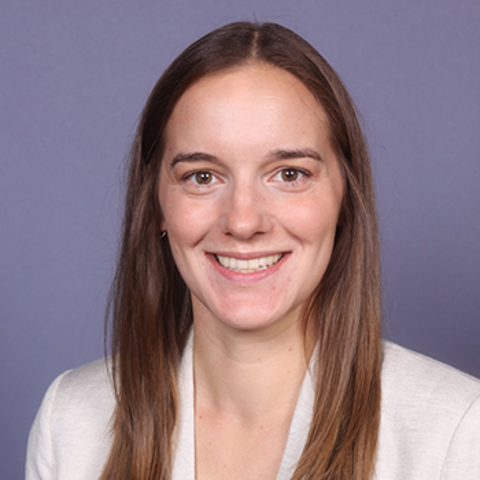
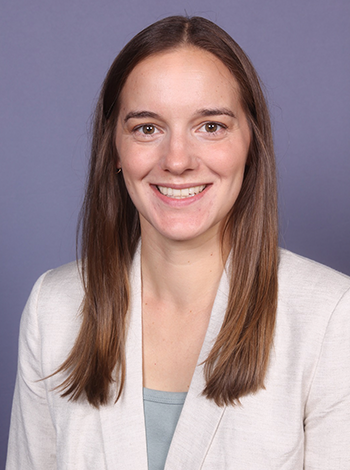
Education
Fellowships, Residencies, and Visiting Engagements
Licensures and Certifications
Professional Memberships
Contact
Address
420 Delaware Street, SE, MMC 292, Minneapolis, MN 55455Administrative Contact
Chelsey Grandstrand
Administrative Coordinator
Email: grandscr@umn.edu
Phone: (612) 612-2742
Fax: (612) 626-5505
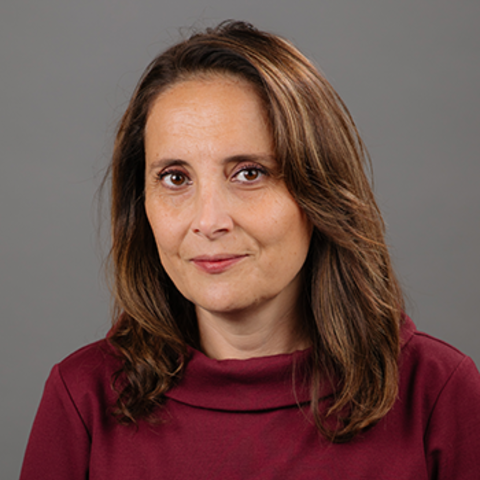

Research Summary
Head and Neck Imaging
Brain Tumor Imaging
Education
Fellowships, Residencies, and Visiting Engagements
Licensures and Certifications
Honors and Recognition
Professional Memberships
Contact
Address
420 Delaware Street, SE, MMC 292, Minneapolis, MN 55455Administrative Contact
Bibi Husain
Administrative Coordinator
Email: husai002@umn.edu
Phone: (612) 626-5566
Fax: (612) 626-5505
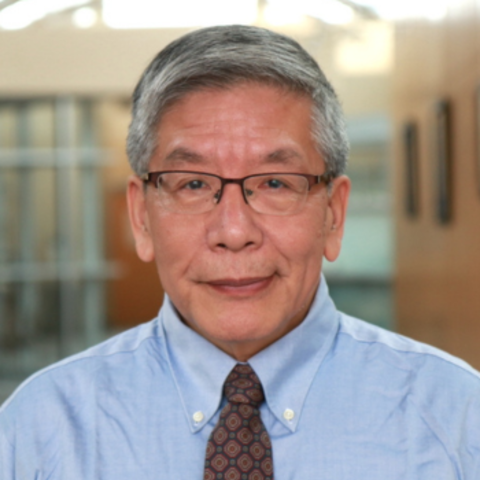
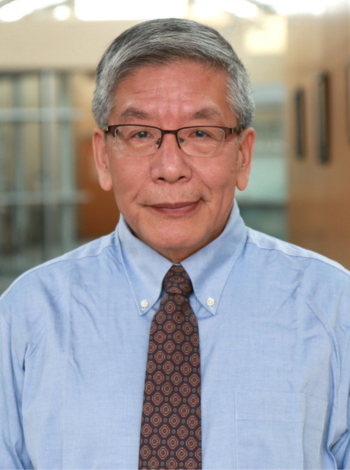
Bio
Dr. Wei Chen is a Professor in the Departments of Radiology and Biomedical Engineering at the University of Minnesota. He received his B.S. degree in physical chemistry at Fudan University in Shanghai, China. In 1985, he joined Professor Ackerman's lab as a graduate student at Washington University in St. Louis and received his Ph.D. in 1990. He spent three years as a postdoctoral fellow and research associate in Professor Shulman's lab at Yale University Medical School. In 1994, he joined the Center for Magnetic Resonance Research (CMRR) at the University of Minnesota and became a full professor in 2002. His research focuses on development of magnetic resonance imaging (MRI)/spectroscopy (MRS) methodologies and technologies for noninvasively studying cellular metabolism, bioenergetics, function and dysfunction of the brain and other organs. He has been a principal investigator for a large number of NIH RO1 grants, served as grant reviewer for many funding organizations and editorial boards for imaging journals.
Research Summary
To quantitatively determine the dynamic relationships of metabolic and homodynamic changes in response to neuronal activity in the human brain using functional MRI (fMRI) and functional MRS (fMRS).
To explore and improve the capability of fMRI for mapping functional organizations and sub-organizations covering the entire brain, consequently, to achieve functional mapping neural networks in the human brain.
To develop and establish the 17O magnetic resonance spectroscopic (MRS) imaging methodology at ultra-high magnetic fields for imaging regional cerebral oxygen consumption rate (CMRO2) in animals and humans non-invasively.
To establish and improve the dynamic fMRI approach for probing fast neuronal interactions during brain activation.
To develop robust and efficient high-field RF coils using the approach based on the microstrip transmission line resonator.
Current Ongoing Research Projects
To quantitatively determine the dynamic relationships of metabolic and homodynamic changes in response to neuronal activity in the human brain using functional MRI (fMRI) and functional MRS (fMRS).
To explore and improve the capability of fMRI for mapping functional organizations and sub-organizations covering the entire brain, consequently, to achieve functional mapping neural networks in the human brain.
To develop and establish the 17O magnetic resonance spectroscopic (MRS) imaging methodology at high/ultrahigh magnetic fields for imaging regional cerebral oxygen consumption rate (CMRO2) in animals and humans non-invasively.
To develop in vivo 31P MRS approaches for studying high-energy phosphate metabolism, in particular, related to ATP production and utilization for supporting brain function.
To establish and improve the dynamic fMRI approach for probing fast neuronal interactions during brain activation.
To study brain at both normal and pathological conditions.
Education
Fellowships, Residencies, and Visiting Engagements
Professional Memberships
Contact
Address
2021 6th Street SE, Minneapolis, MN 55455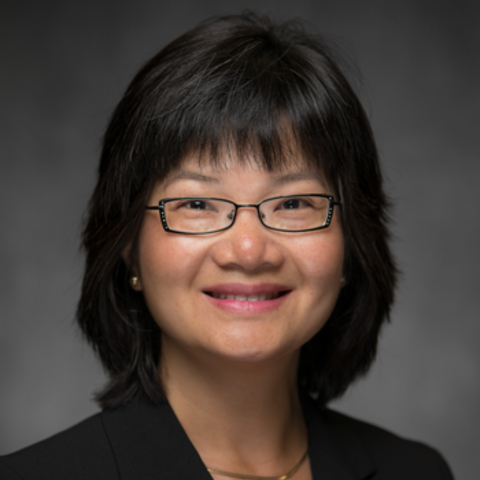
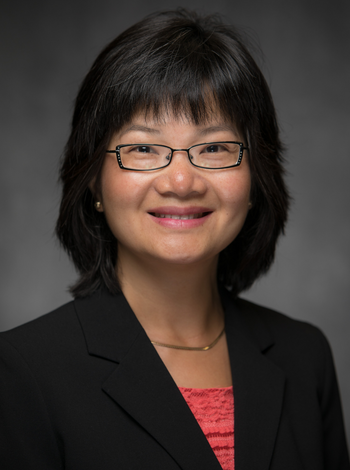
Clinical Summary
Breast Imaging
Education
Fellowships, Residencies, and Visiting Engagements
Licensures and Certifications
Professional Memberships
Contact
Address
420 Delaware Street, SE, MMC 292, Minneapolis, MN 55455Administrative Contact
Chelsey Grandstrand
Administrative Coordinator
Email: grandscr@umn.edu
Phone: (612) 612-2742
Fax: (612) 626-5505
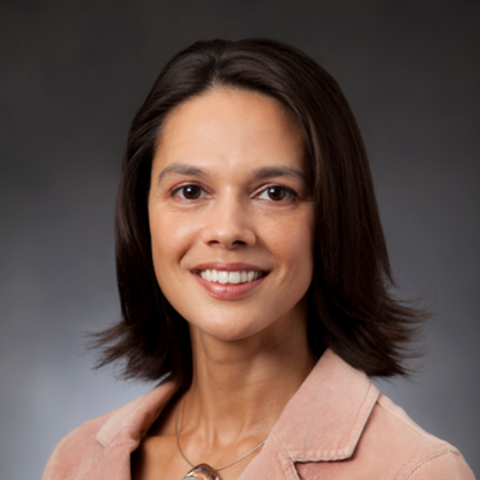
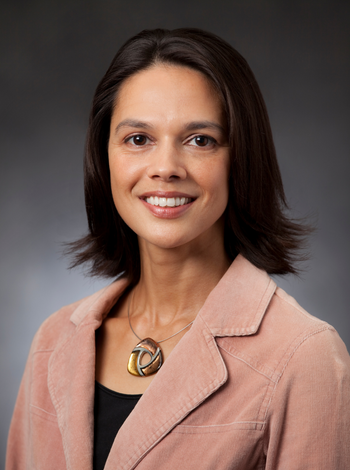
Clinical Summary
Interventional oncology (tumor ablations, embolization and injections)
Interventions in portal hypertension (TIPS, splenic embolization, BRTO)
Women's health (uterine fibroid embolization, fallopian tube recannalization)
Pulmonary vascular interventions
Education
Fellowships, Residencies, and Visiting Engagements
Licensures and Certifications
Professional Memberships
Contact
Address
420 Delaware Street, SE, MMC 292, Minneapolis, MN 55455Administrative Contact
Bibi Husain
Administrative Coordinator
Email: husai002@umn.edu
Phone: (612) 626-5566
Fax: (612) 626-5505
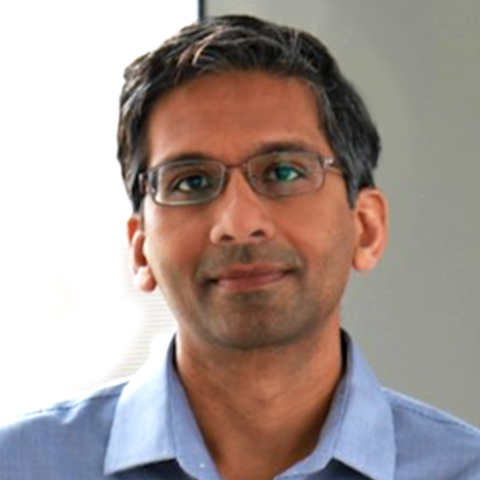
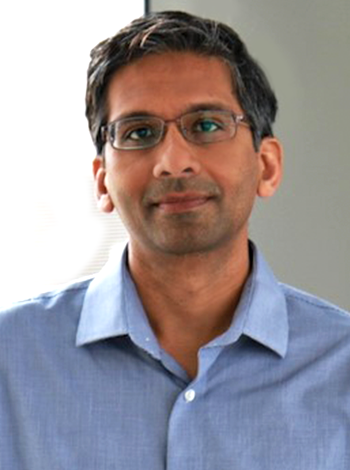
Bio
Dr. Dinesh K. Deelchand is a Research Associate at the Center of Magnetic Resonance Research at the University of Minnesota. Dr Deelchand obtained a BSc in Physics from the University of Mauritius (Mauritius) in 2000 and a Ph.D. in Physics from the University of Nottingham (UK) in 2004. He joined CMRR as a postdoctoral associate under the supervision of Dr. Pierre-Gilles Henry at the end of 2004. Recently he joined Dr Gulin Oz's group to work on 1H MRS in patients with spinocerebellar ataxias.
Research Summary
1H and 13C NMR spectroscopy (MRS) at high-fields
Develop and validate new approaches to study brain metabolism and neurotransmission
Real-time motion correction for MRS applications
Education
Professional Memberships
Contact
Address
2021 6th Street SE, Minneapolis, MN 55455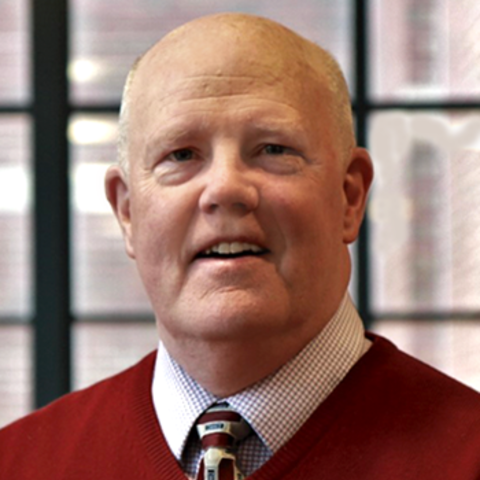

Education
Fellowships, Residencies, and Visiting Engagements
Licensures and Certifications
Honors and Recognition
Professional Memberships
Contact
Address
420 Delaware Street, SE, MMC 292, Minneapolis, MN 55455Administrative Contact
Laura Geffre-Rick
Executive Assistant
Email: geffr019@umn.edu
Phone: 612-301-6040
Fax: (612) 625-9411
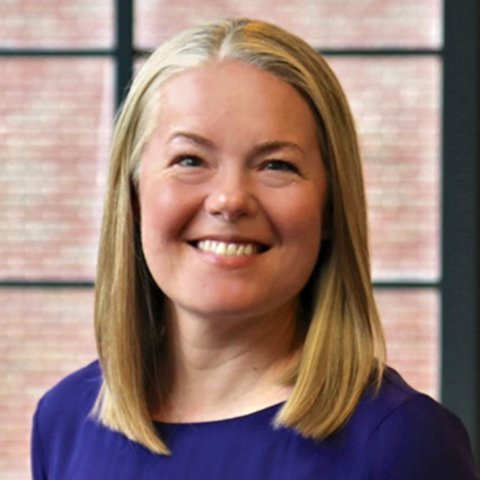

Clinical Summary
Clinical Specialties:
Fetal Imaging Oncology Nuclear Medicine
Education
Fellowships, Residencies, and Visiting Engagements
Licensures and Certifications
Honors and Recognition
Professional Memberships
Contact
Address
420 Delaware Street, SE, MMC 292, Minneapolis, MN 55455Administrative Contact
Chelsey Grandstrand
Administrative Coordinator
Email: grandscr@umn.edu
Phone: (612) 612-2742
Fax: (612) 626-5505
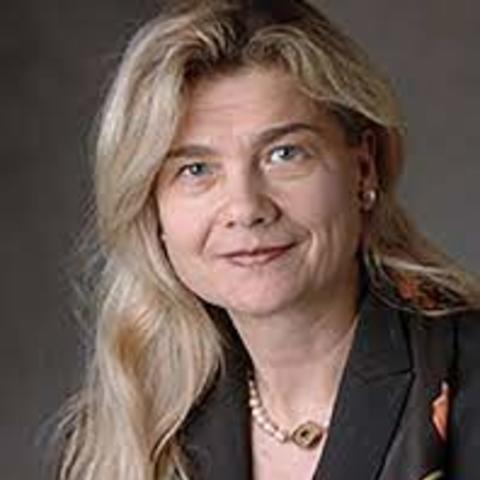
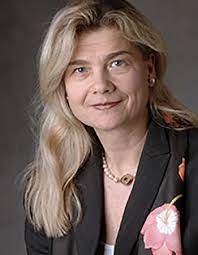
Education
Fellowships, Residencies, and Visiting Engagements
Licensures and Certifications
Honors and Recognition
Professional Memberships
Contact
Address
420 Delaware Street, SE, MMC 292, Minneapolis, MN 55455Administrative Contact
Chelsey Grandstrand
Administrative Coordinator
Email: grandscr@umn.edu
Phone: (612) 612-2742
Fax: (612) 626-5505
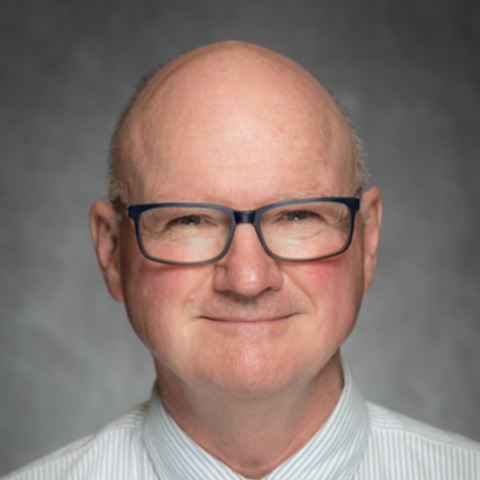

Clinical Summary
Mammography
Breast imaging
Breast imaging research
Breast cancer
Breast cancer research
MRI
Education
Fellowships, Residencies, and Visiting Engagements
Licensures and Certifications
Professional Memberships
Contact
Address
420 Delaware Street, SE, MMC 292, Minneapolis, MN 55455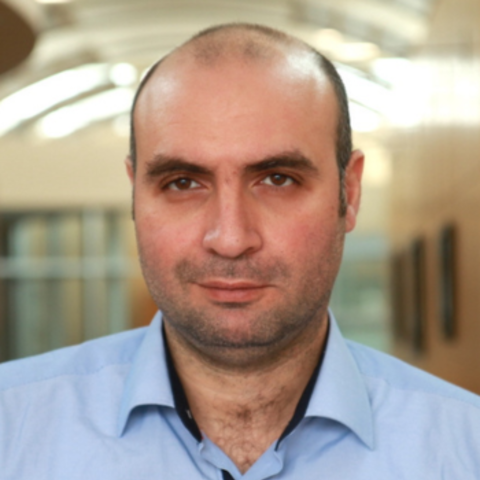
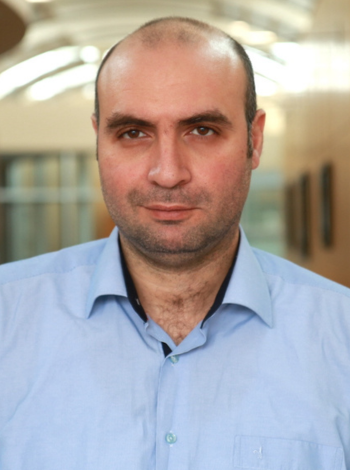
Bio
Dr. Yigitcan Eryaman received his undergraduate degree in electrical engineering from Bilkent University, Turkey. Following the graduation, he joined the National Magnetic Resonance Research Center (UMRAM) in the Department of Electrical Engineering, Bilkent University, where he earned his MS (2007) and PhD (2011) degrees. He continued his research at the Research Lab of Electronics at MIT and Martinos Center for Biomedical Imaging at MGH. He joined CMRR as a research associate in 2014 and later promoted to an assistant professor in 2018. He has published journal and conference papers as well as patents on various problems related to magnetic resonance imaging. His research interests include investigation of hardware and software based solutions for radio-frequency safety problems in MRI. He is a recipient of NIH/NIBIB K99 Pathway to Independence Award (2016).
Selected Publications
Sadeghi-Tarakameh, A., Jungst, S., Lanagan, M., DelaBarre, L., Wu, X., Adriany, G., Metzger, G. J., Van de Moortele, P.-F., Ugurbil, K., Atalar, E., & Eryaman, Y. (2021). A nine-channel transmit/receive array for spine imaging at 10.5 T: Introduction to a non-uniform dielectric substrate antenna. Magnetic Resonance in Medicine
Sadeghi-Tarakameh, A., DelaBarre, L., Lagore, R. L., Torrado-Carvajal, A., Wu, X., Grant, A., Adriany, G., Metzger, G. J., Van de Moortele, P.-F., Ugurbil, K., Atalar, E., & Eryaman, Y. (2020). In vivo human head MRI at 10.5 T: A radiofrequency safety study and preliminary imaging results. Magnetic resonance in medicine, 84(1), 484--496.
He, X., Erturk, M. A., Grant, A., Wu, X., Lagore, R. L., DelaBarre, L., Eryaman, Y., Adriany, G., Auerbach, E. J., Van de Moortele, P.-F., Ugurbil, K., & Metzger, G. (2020). First in-vivo human imaging at 10.5 T: Imaging the body at 447 MHz. Magnetic resonance in medicine, 84(1), 289--303.
Erturk, M. A., Wu, X., Eryaman, Y., Van de Moortele, Pierre-Fran\ccois, Auerbach, E. J., Lagore, R. L., DelaBarre, L., Vaughan, J. T., Ugurbil, K., Adriany, G., & Metzger, G. J. (2017). Toward imaging the body at 10.5 tesla. Magnetic resonance in medicine, 77(1), 434--443.
Eryaman Y, Kobayashi N,Moen S, Aman J,Grant A,Vaughan J T,Molnar G,Park MC, Vitek J,Adriany G,Ugurbil K,Harel N. A simple geometric analysis method for measuring and mitigating RF induced currents on Deep Brain Stimulation leads by multichannel transmission/reception. Neuroimage. 2019;184:658-68.doi:10.1016/j.neuroimage.2018.09.072.
Eryaman, Y., Guerin, B., Akgun, C., Herraiz, J. L., Martin, A., Torrado-Carvajal, A., Malpica, N., Hernandez-Tamames, J. A., Schiavi, E., Adalsteinsson, E., & Wald, L. L. (2015). Parallel transmit pulse design for patients with deep brain stimulation implants. Magnetic resonance in medicine, 73(5), 1896--1903.
Research Summary
Radiofrequency Safety Issues in UHF MRI
MRI of Neural Implants
Radiofrequency Coil Design
Education
Contact
Address
2021 6th Street SE, Minneapolis, MN 55455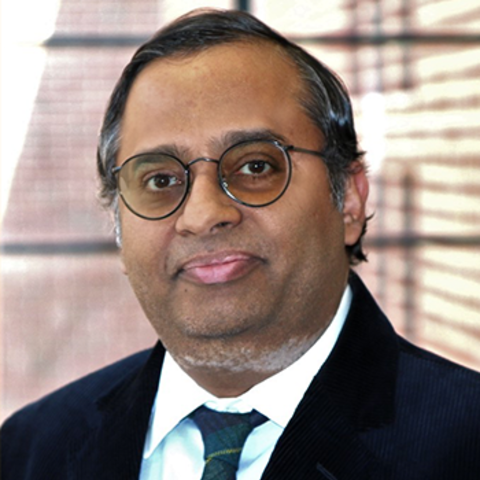
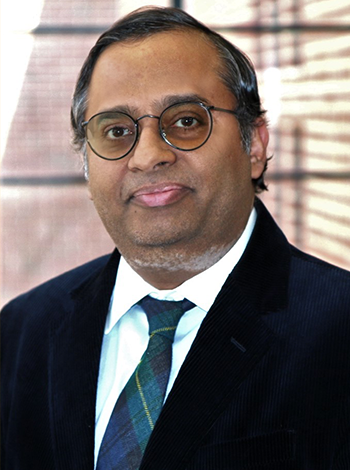
Education
Fellowships, Residencies, and Visiting Engagements
Licensures and Certifications
Professional Memberships
Contact
Address
420 Delaware Street, SE, MMC 292, Minneapolis, MN 55455Administrative Contact
Bibi Husain
Administrative Coordinator
Email: husai002@umn.edu
Phone: (612) 626-5566
Fax: (612) 626-5505
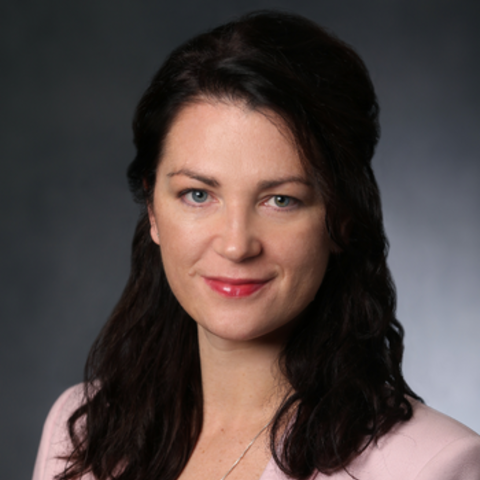
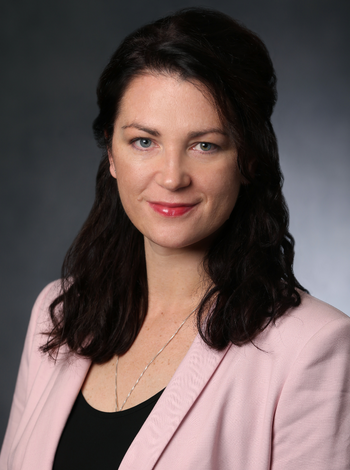
Education
Fellowships, Residencies, and Visiting Engagements
Licensures and Certifications
Honors and Recognition
Professional Memberships
Contact
Address
420 Delaware Street, SE, MMC 292, Minneapolis, MN 55455Administrative Contact
Bibi Husain
Administrative Coordinator
Email: husai002@umn.edu
Phone: (612) 626-5566
Fax: (612) 626-5505
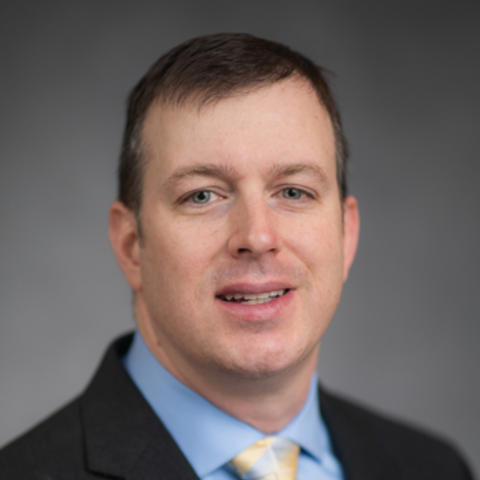
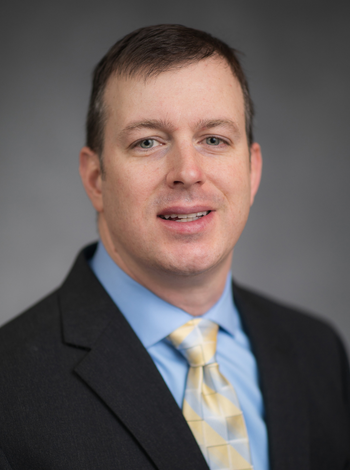
Education
Fellowships, Residencies, and Visiting Engagements
Licensures and Certifications
Professional Memberships
Contact
Address
420 Delaware Street, SE, MMC 292, Minneapolis, MN 55455Administrative Contact
Bibi Husain
Administrative Coordinator
Email: husai002@umn.edu
Phone: (612) 626-5566
Fax: (612) 626-5505
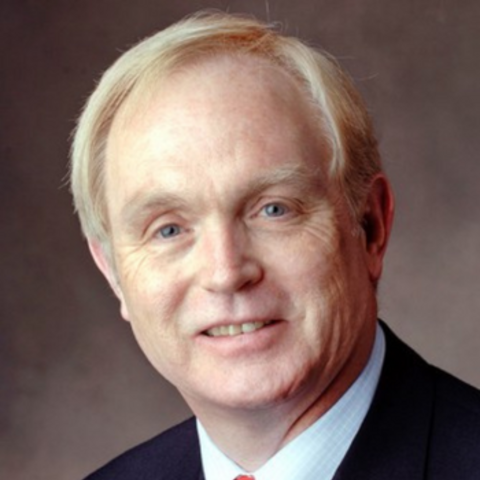
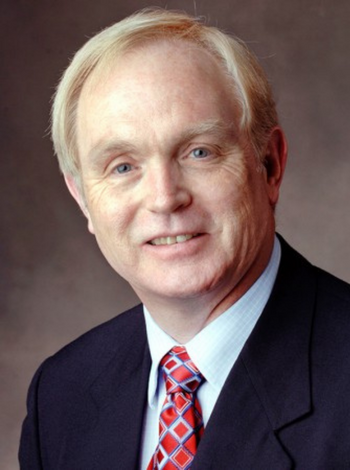
Education
Fellowships, Residencies, and Visiting Engagements
Licensures and Certifications
Honors and Recognition
Professional Memberships
Contact
Address
420 Delaware Street, SE, MMC 292, Minneapolis, MN 55455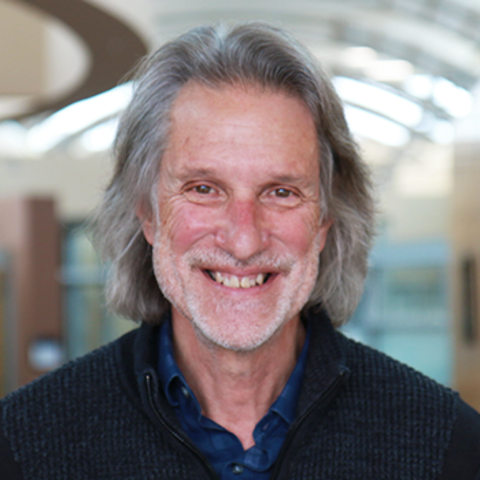
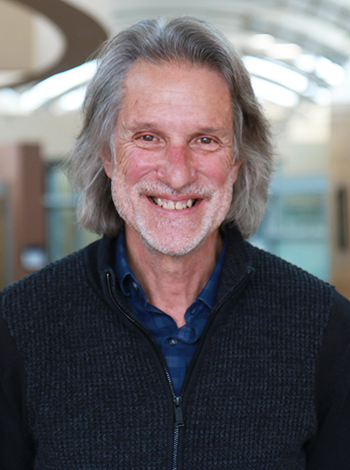
Bio
For the past 26 years, researchers in the Garwood laboratory have had a focus on developing cutting-edge MRI and MR spectroscopy techniques and on exploiting them in studies of tissue function, metabolism, and microstructure. An emphasis has been on identifying and validating quantitative metrics to assess normal and disease states non-invasively with imaging, and on applying them to learn about metabolism, hemodynamics, and tissue micro-environment. On the technical side, the Garwood group has recently made a significant advancement in the way MRI is performed - a technique called SWIFT. SWIFT exploits time-shared RF excitation and acquisition to preserve signals from water molecules possessing extremely short transverse relaxation times, T2 and T2*. With SWIFT, broadband frequency-swept excitation, together with extremely short acquisition delay, make it possible to also preserve frequency-shifted signals in the vicinity of magnetic objects. For example, magnetically-labeled nanoparticles (e.g., SPIOs), which cause signal voids in conventional MR images, give rise to positive contrast (bright spots) in SWIFT images, thus improving the capability to track and quantify targeted contrast agents and molecular therapies, as well as magnetically-labeled cells. Finally, the Garwood group has a focus on the physics of nuclear magnetic resonance relaxation, in an effort to improve the sensitivity and specificity of MRI for disease characterization, diagnosis, and treatment monitoring. In particular, we are developing ways to "tune" MRI's specificity to certain dynamic processes in tissues (e.g., assessing the tumbling times and exchange rates of different pools of tissue water) and we are investigating their utility as quantitative markers of neurodegeneration and cancer aggressiveness, and as early indicators of response to treatments. These methods are currently in pre-clinical and clinical trials (lung, breast, and brain cancers; Parkinson's disease, and multiple sclerosis) in collaboration with other faculty in the University of Minnesota and elsewhere.
Research Summary
To apply theoretical formalisms to describe the magnetic resonance phenomenon; in particular, the interaction between nuclear spins and a radiofrequency field having a variable amplitude and frequency in time.
To exploit the unique properties of these frequency-modulated RF techniques to enhance sensitivity and data quality in MRI and MRS.
To expose molecular properties of cancers using MRI and MRS, and to use these for making diagnoses and for evaluating and guiding cancer treatments, all non-invasively.
Education
Contact
Address
2021 6th Street SE, Minneapolis, MN 55455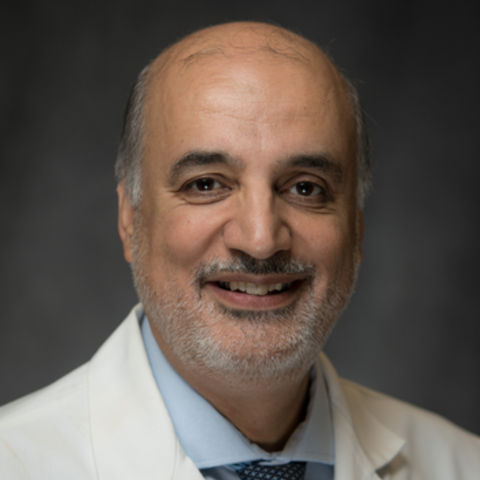
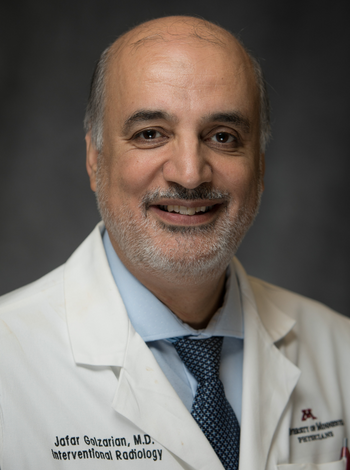
Research Summary
Uterine fibroid embolization: Prospective evaluation of patient recovery
AAA stentgraft and intra-sac pressure
Endovascular treatment of AAA: Effect of hook morphology on stent graft fixation
Type II Endoleak: Transarterial Embolization
GI bleeding: Imaging sensitivity and specificity
Intra-arterial thrombolysis in lower extremities
Transjugular liver biopsy
Endovascular venous ablation
Clinical Summary
Interventional treatment of Peripheral artery disease
AAA
Uterine fibroid embolization,
Hepatocellular carcinoma
Prostate artery embolization
Vericocele embolization
Education
Fellowships, Residencies, and Visiting Engagements
Licensures and Certifications
Honors and Recognition
Professional Memberships
Contact
Address
420 Delaware Street, SE, MMC 292, Minneapolis, MN 55455Administrative Contact
Bibi Husain
Administrative Coordinator
Email: husai002@umn.edu
Phone: (612) 626-5566
Fax: (612) 626-5505
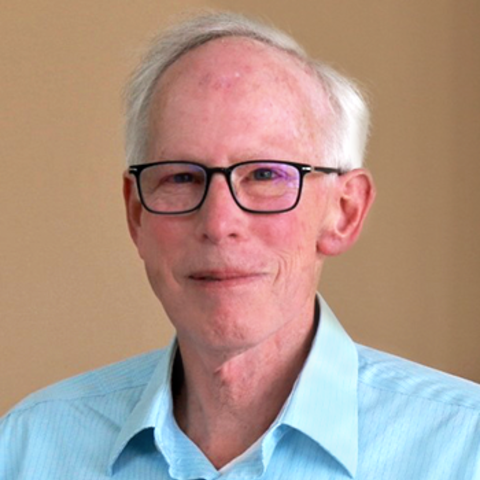
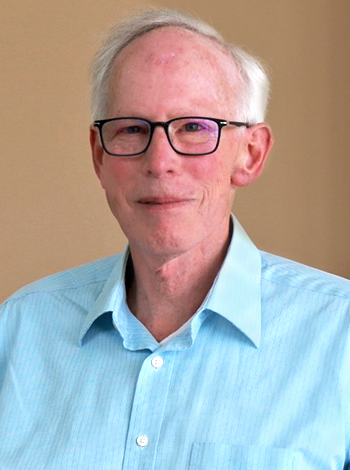
Bio
My interests and career focus is hardware development and its implementation in support of biomedical applications. After obtaining my Ph.D., I worked for nine years at Intermagnetics General Corporation (acquired by Philips in 2006) as scientist developing radio frequency (RF) hardware and applications for MRI animal systems. In 1990 I joined the University of Minnesota as an Assistant Professor of Radiology to advance MRI applications. During my tenure at the U of MN I formed the Center for Interdisciplinary Applications in Magnetic Resonance (CIA-MR) that housed a 1.5 T/680mm MRI system, a 5.0 T/400mm MRI system and a 17 T/50 mm vertical bore levitation magnet. These systems were instrumental in laying the foundation for developing the concept of a hybrid MR-PET scanner, integrating a 6 MeV LINAC into a 1.5 MRI scanner and developing magnetic levitation as a ground-based research tool to simulate microgravity. The CIAMR supported MR activities for several investigators that studied 31P NMR of hemorrhagic shock, MR imaging and spectroscopy of pancreas and islet viability, bioreactor development and function and cryopreservation. On August 1, 2007, collapse of the I35W bridge in Minneapolis forced the CIAMR to cease operations because it was within 50 feet of the bridge. The lab was relocated in August 2008 to a 5,800 sq. ft facility in Minnetonka, MN, about 18 miles from campus.
Research Summary
My present research focus is to develop magnetic levitation as a ground-based tool to study the effects of gravitation on biological systems. In November 2010, the 17 T levitation magnet moved from the CIAMR Minnetonka lab to the newly expanded 60,000 sq. ft. CMRR facility for better access to university resources in support of levitation studies. Ancillary projects I am actively pursuing include development of an implantable NMR spectrometer on a chip (Prof. Harjani, UMN-Minneapolis), Real-time 3D three-dimension tracking of organ deformations in minimum invasive surgery (Prof. Tewfik, UT-Austin) and contract research to support companies developing MR-conditional devices.
Research Interests:
NMR
MRI
Medical electronics
Instrumentation development
Nuclear magnetic resonance imaging
Radiofrequency circuits
Magnet design
Biomedical engineering
Positron emission tomography
Education
Contact
Address
2021 6th Street SE, Minneapolis, MN 55455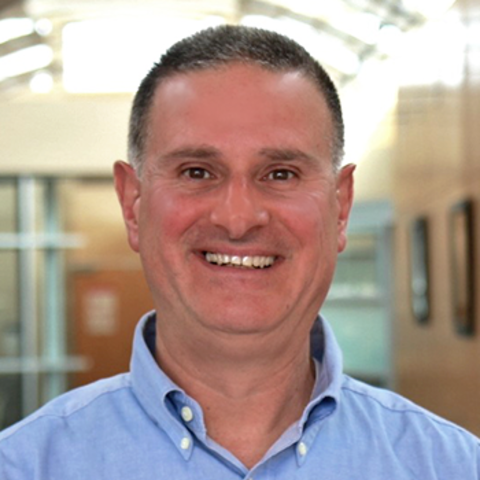
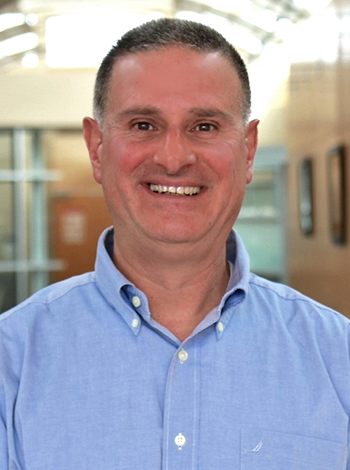
Bio
Dr. Harel is a Professor in the departments of Radiology and Neurosurgery, at the University of Minnesota. After receiving his B.Sc. in biology from Tel Aviv University, Israel, Dr. Harel moved to the University of Toronto, Canada, where he received his MSc (1996) and PhD (2000) in Physiology and Neuroscience for mapping auditory areas using optical imaging technique. For his post doctoral training, Dr. Harel moved to the Center for Magnetic Resonance Research (CMRR), University of Minnesota where his research focused on the development of methods for high-resolution MRI and functional MRI (fMRI) applications using high magnetic fields (7T & 9.4T). In particular, Dr. Harel developed fMRI capabilities for mapping columnar and laminar organization in cerebral cortex both in human and animal models. In 2002, Dr. Harel moved to the University of Pittsburgh as a research associate and soon after returned to Minnesota and joined CMRR as a faculty member.Dr. Harel's current research focuses on the development and integration of 7T and high field neuroimaging data into deep brain stimulation (DBS) surgical navigation in particular and brain surgery in general.
Research Summary
High-resolution brain imaging for clinical application.
Integration of 7T neuroimaging data into DBS surgical navigation.
High-resolution mapping of brain activity using MR methods at ultra high magnetic fields.
High-resolution, high-specificity fMRI applications.
Visualization techniques for imaging brain microvasculature.
Education
Contact
Address
2021 6th Street SE, Minneapolis, MN 55455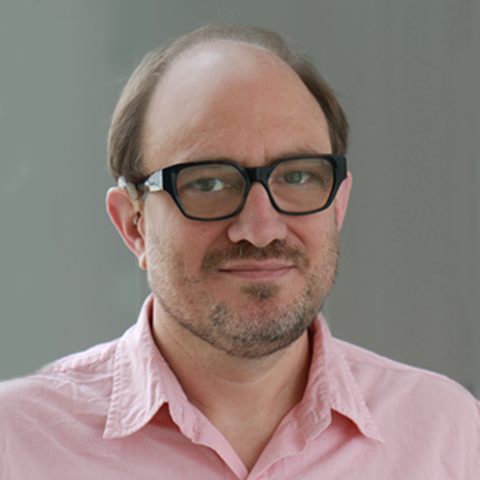
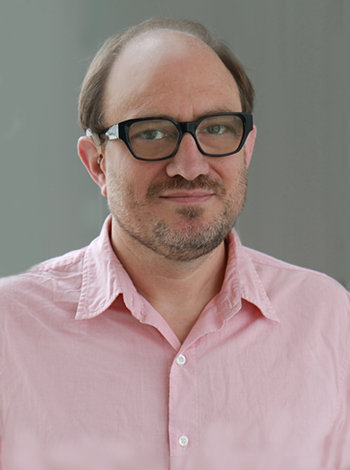
Research Summary
My group focuses on using Magnetic Resonance Spectroscopy (MRS) to understand brain function at the biochemical and cellular level, and to identify new biomarkers of brain disorders. Current research topics include:
To understand how neurons and astrocytes cooperate metabolically to support neurotransmission. For this purpose, we perform tracer studies using 13C-labeled substrates and 13C MRS, which allows us to measure metabolic rates non-invasively in the brain in both neurons and astrocytes.
To develop new metabolic models to analyze 13C MRS data, particularly two-compartment neuronal-glial models to measure the "glutamate-glutamine cycle". This would provide a non-invasive measurement of glutamatergic neurotransmission.
To explore the potential of hyperpolarized 13C for the study of brain metabolism and for the detection of tumors in brain and other tissues.
To develop new methodologies for 1H MRS and 1H MRSI at very high-field for the measurement of metabolite concentrations ("neurochemical profile") with improved spatial and temporal resolution.
Education
Professional Memberships
Contact
Address
2021 6th Street SE, Minneapolis, MN 55455
Education
Fellowships, Residencies, and Visiting Engagements
Licensures and Certifications
Professional Memberships
Contact
Address
420 Delaware Street, SE, MMC 292, Minneapolis, MN 55455Administrative Contact
Bibi Husain
Administrative Coordinator
Email: husai002@umn.edu
Phone: (612) 626-5566
Fax: (612) 626-5505
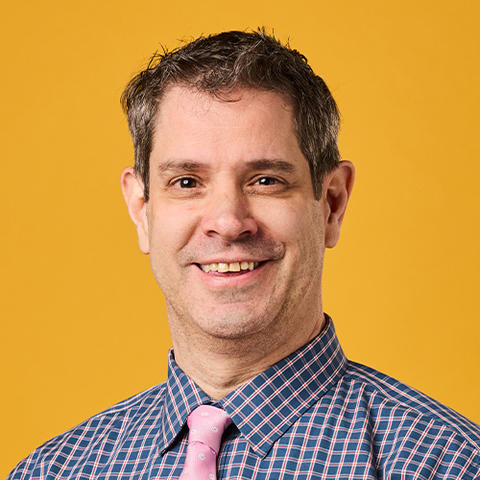
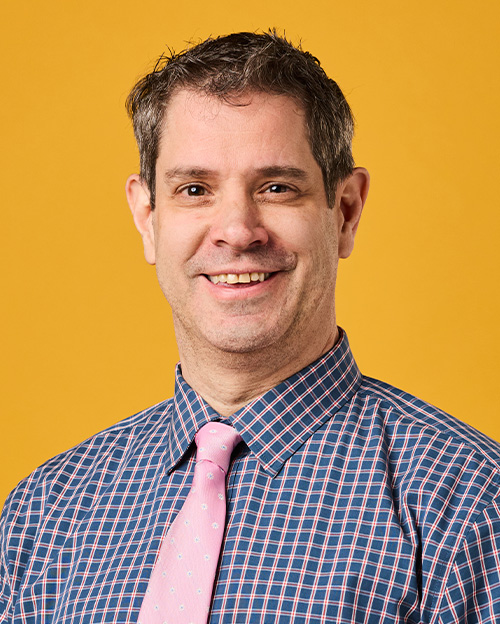
Education
Fellowships, Residencies, and Visiting Engagements
Licensures and Certifications
Honors and Recognition
Professional Memberships
Contact
Address
420 Delaware Street, SE, MMC 292, Minneapolis, MN 55455Administrative Contact
Chelsey Grandstrand
Administrative Coordinator
Email: grandscr@umn.edu
Phone: (612) 612-2742
Fax: (612) 626-5505
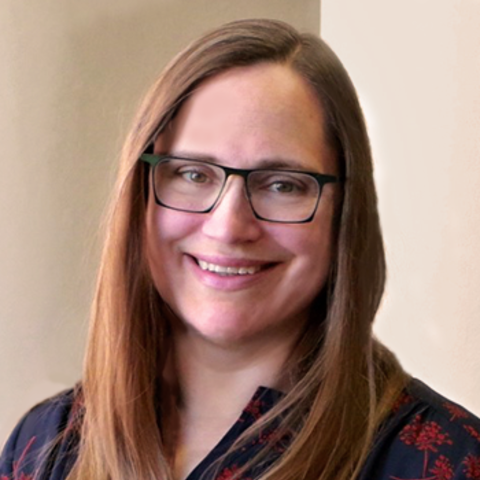
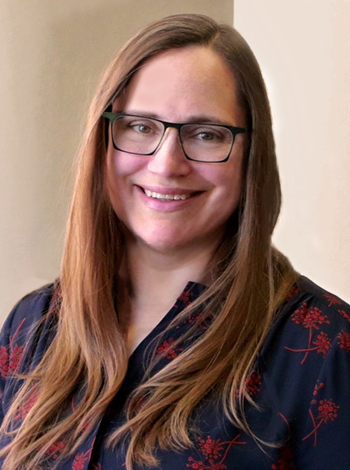
Clinical Summary
General pediatric imaging and fetal MRI
Education
Fellowships, Residencies, and Visiting Engagements
Honors and Recognition
Professional Memberships
Contact
Address
420 Delaware Street, SE, MMC 292, Minneapolis, MN 55455Administrative Contact
Chelsey Grandstrand
Administrative Coordinator
Email: grandscr@umn.edu
Phone: (612) 612-2742
Fax: (612) 626-5505
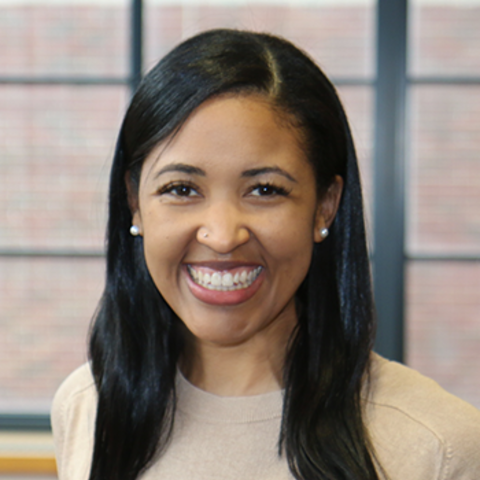
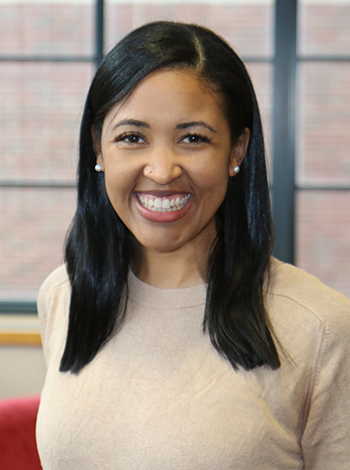
Clinical Summary
Breast Imaging
Breast Intervention
Diagnostic Imaging
Diagnostic Radiology
Education
Fellowships, Residencies, and Visiting Engagements
Honors and Recognition
Professional Memberships
Contact
Address
420 Delaware Street, SE, MMC 292, Minneapolis, MN 55455Administrative Contact
Chelsey Grandstrand
Administrative Coordinator
Email: grandscr@umn.edu
Phone: (612) 612-2742
Fax: (612) 626-5505
Bio
Dr. Djaudat S. Idiyatullin is an assistant professor in the Center for Magnetic Resonance Research, Department of Radiology. He graduated from Kazan State University, Kazan, Russia in 1980 with a M.S. in Department of Radio Physics (subject of degree work: "Digital temperature controller for NMR spectrometer"). At 1996 he earned a Ph.D. Physics & Mathematics (Department of Molecular Physics, Kazan State University, dissertation entitled: "NMR relaxation and spin diffusion of segmented polyurethanes"). He joined Dr. Michael Garwood's group at CMRR at 2003. Dr. Idiyatullin is co-inventor on 11 US and International patents and has more than 30 publications in peer-reviewed journals.
Research Summary
Dental, maxillofacial, musculoskeletal MRI
Hard- and soft-ware methods of MRI
Chemical Exchange, Nuclear magnetic cross and auto-relaxation, dipolar cross-correlation
Spin and self-diffusion in heterogeneous systems
Education
Contact
Address
2021 6th Street SE, Minneapolis, MN 55455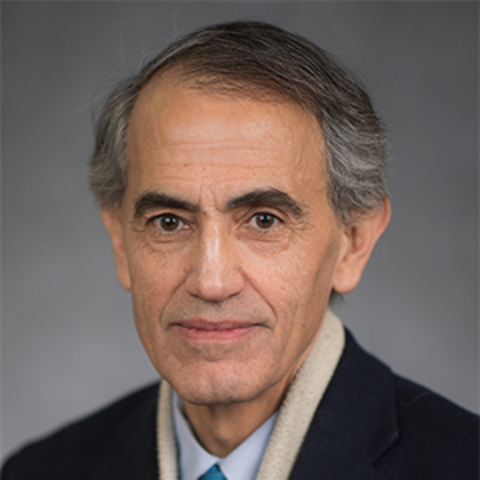
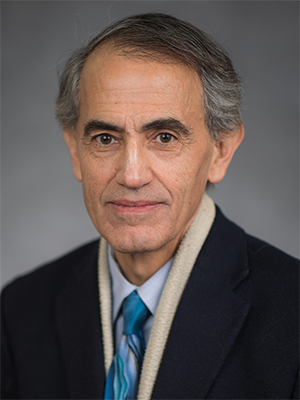
Education
Licensures and Certifications
Professional Memberships
Contact
Address
420 Delaware Street, SE, MMC 292, Minneapolis, MN 55455Administrative Contact
Chelsey Grandstrand
Administrative Coordinator
Email: grandscr@umn.edu
Phone: (612) 612-2742
Fax: (612) 626-5505
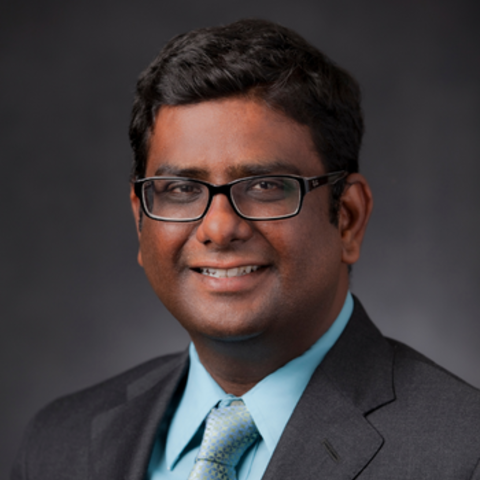
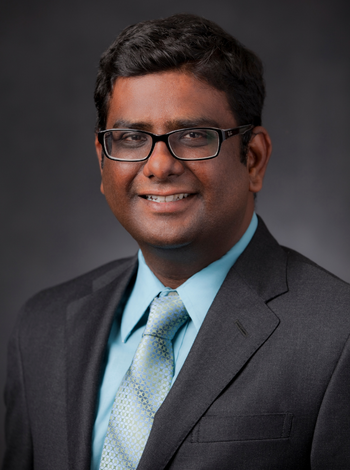
Research Summary
Stroke imaging and interventions
Complex brain vascular malformations
Epilepsy
Atherosclerotic plaque imaging
High field MR imaging for facial pain
Resting state fMRI
Cognitive neurosciences
Clinical Summary
Cerebral aneurysm, arteriovenous malformations
Carotid artery disease; Trigeminal neuralgia
Intracranial/extracranial stenosi
Moya Moya disease
Stem cells and the treatment of stroke
High field MRI imaging
Molecular imaging
Education
Fellowships, Residencies, and Visiting Engagements
Licensures and Certifications
Professional Memberships
Contact
Address
420 Delaware Street, SE, MMC 292, Minneapolis, MN 55455Administrative Contact
Bibi Husain
Administrative Coordinator
Email: husai002@umn.edu
Phone: (612) 626-5566
Fax: (612) 626-5505
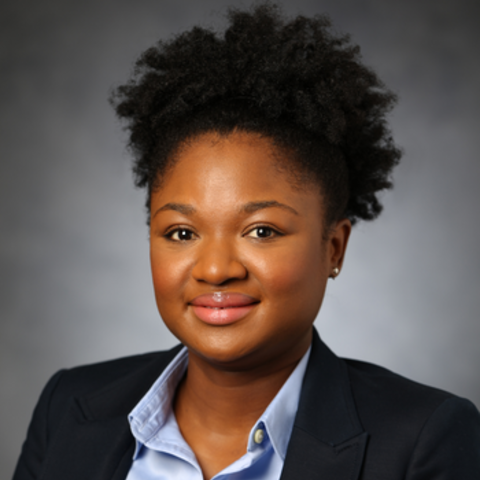
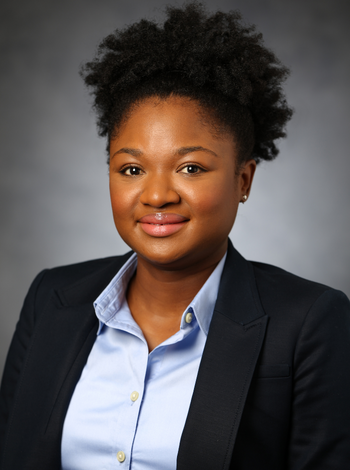
Education
Fellowships, Residencies, and Visiting Engagements
Licensures and Certifications
Honors and Recognition
Professional Memberships
Contact
Address
420 Delaware Street, SE, MMC 292, Minneapolis, MN 55455Administrative Contact
Chelsey Grandstrand
Administrative Coordinator
Email: grandscr@umn.edu
Phone: (612) 612-2742
Fax: (612) 626-5505

Education
Fellowships, Residencies, and Visiting Engagements
Licensures and Certifications
Professional Memberships
Contact
Address
420 Delaware Street, SE, MMC 292, Minneapolis, MN 55455Administrative Contact
Bibi Husain
Administrative Coordinator
Email: husai002@umn.edu
Phone: (612) 626-5566
Fax: (612) 626-5505


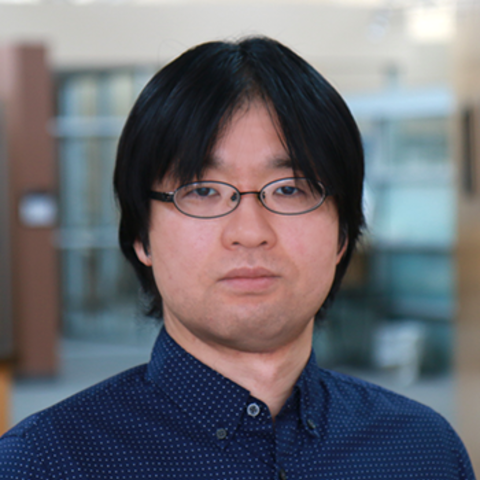
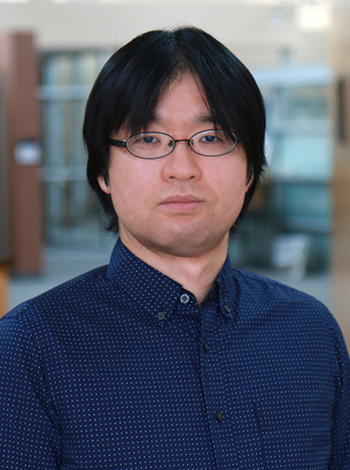
Education
Professional Memberships
Contact
Address
2021 6th Street SE, Minneapolis, MN 55455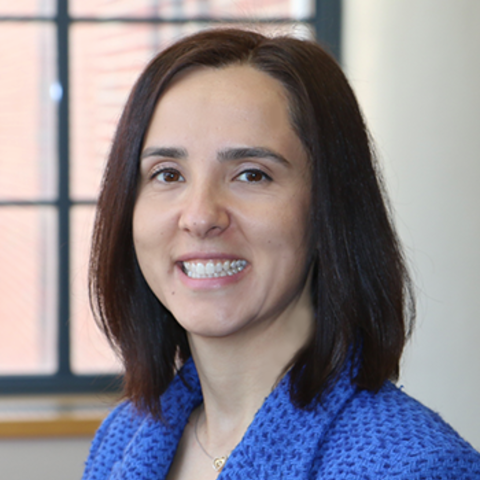
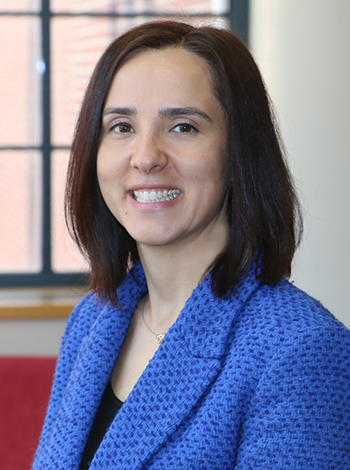
Education
Fellowships, Residencies, and Visiting Engagements
Contact
Address
420 Delaware Street, SE, MMC 292, Minneapolis, MN 55455Administrative Contact
Bibi Husain
Administrative Coordinator
Email: husai002@umn.edu
Phone: (612) 626-5566
Fax: (612) 626-5505
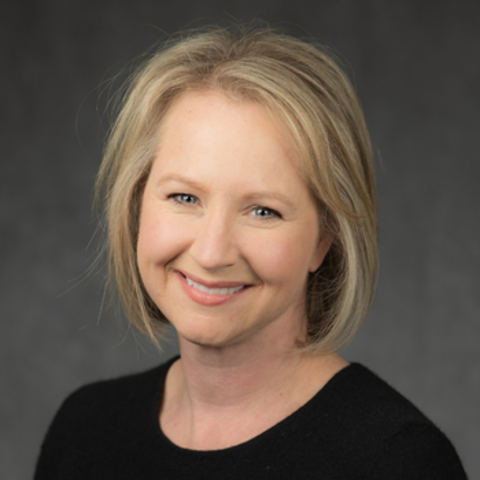
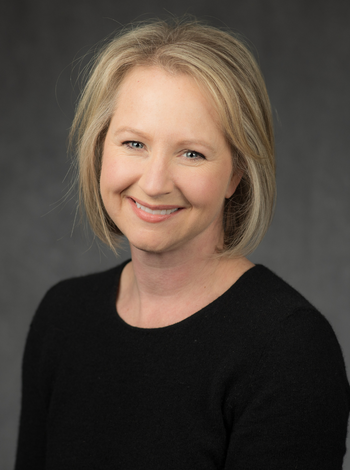
Education
Fellowships, Residencies, and Visiting Engagements
Licensures and Certifications
Honors and Recognition
Professional Memberships
Contact
Address
420 Delaware Street, SE, MMC 292, Minneapolis, MN 55455Administrative Contact
Chelsey Grandstrand
Administrative Coordinator
Email: grandscr@umn.edu
Phone: (612) 612-2742
Fax: (612) 626-5505
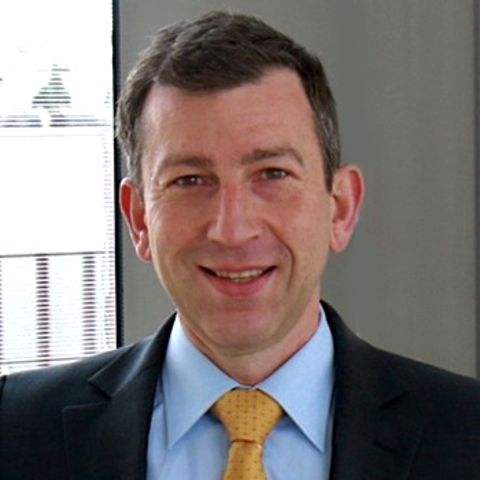
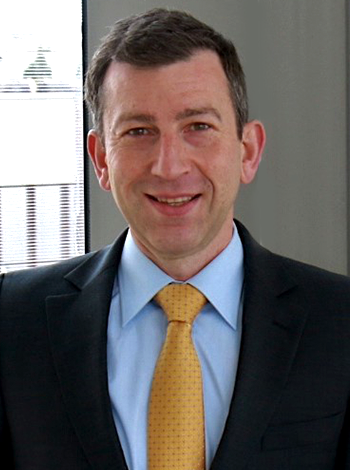
Bio
Dr. Lenglet is a McKnight Land-Grant Associate Professor at the Center for Magnetic Resonance Research (Department of Radiology) and a Scholar of the Institute for Translational Neuroscience (ITN). After receiving a M.Sc. in Computer Science & Engineering from the Compiègne University of Technology (Compiègne, France, 2003), and a M.Sc. in Applied Mathematics from École Normale Supérieure de Cachan (Cachan, France, 2003), he earned a Ph.D. in Biomedical Imaging and Neuroscience from INRIA Sophia Antipolis - Méditerranée (Sophia Antipolis, France, 2006). He then joined the Imaging and Visualization Department at Siemens Corporate Research in Princeton, New Jersey as a Research Scientist. In 2008, he moved to the University of Minnesota as a Research Associate in the Department of Electrical and Computer Engineering. In 2010, he became a faculty member of the Center for Magnetic Resonance Research.Dr. Lenglet's group develops computational tools to harness the power of high-field Magnetic Resonance Imaging (MRI) for neuroscience and clinical applications. His research aims at better understanding the structural and functional alterations of brain connections in neurodegenerative disorders. He also enjoys swimming, biking, running, and has competed in several Ironman triathlons.